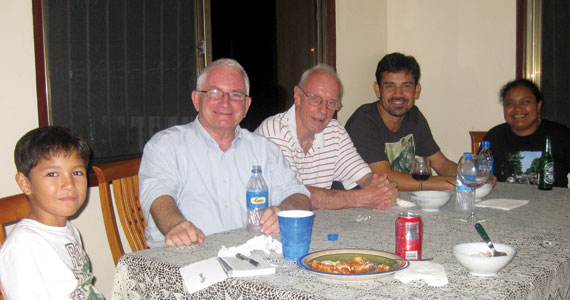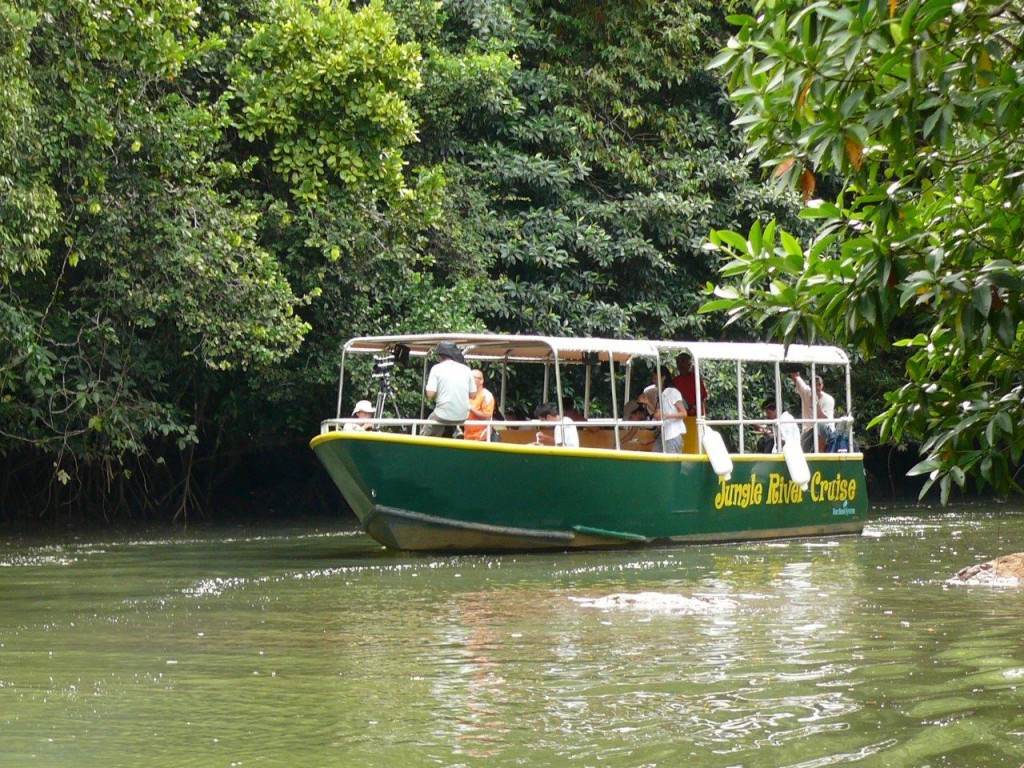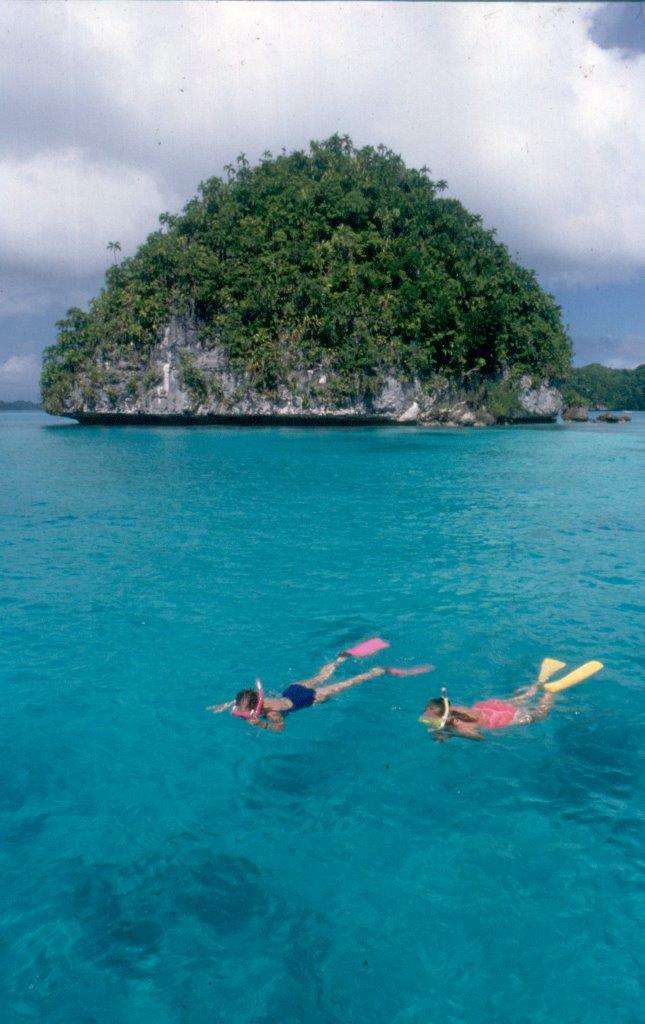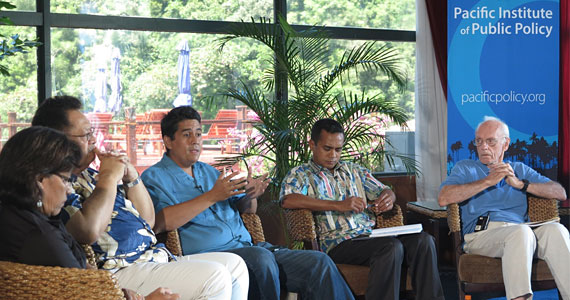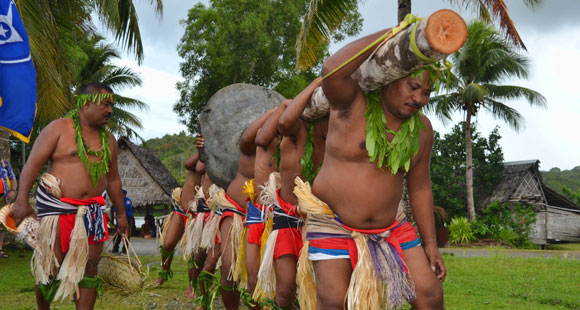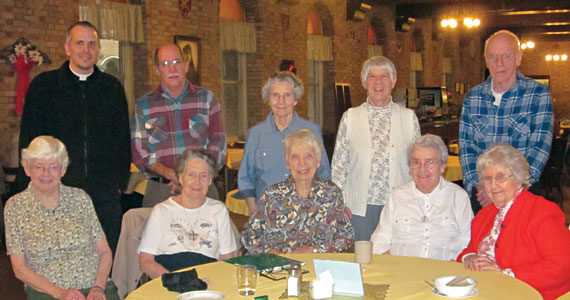A Few Weeks in Palau
Here we are in Palau, an island group with a per capita income four times higher than that of the rest of Micronesia. “The Land of Gold Chains and Fancy Watches” is what one of our Jesuit volunteer teachers used to call it some years ago. It?s a place that is on the map?-Darryl Hannah and JFK Jr. vacationed here 20 years ago, and the Survivor TV series was filmed here ten years ago. The country has been self-governing for only 35 years, but it has had two presidents who died violent deaths?-one who was assassinated and another who shot himself. It?s never exactly been Dullsville here in Palau. Where else, a friend once asked, could you strike up a serious conversation on current political affairs with a total stranger?
I?m here for a month or so to tell the story of how tourism developed in Palau?-something that could be used to instruct and inspire other Pacific island societies to do the same. Believe me, tourism has had a real impact here. Palau, with a population of only 20,000, gets 120,000 tourists a year… and their number is rising, rapidly. With fifty hotels, five of them four-star or above, the country is doing just fine.
But you can hear complaints from the people on the street or in the office. For one thing, the older Japanese tourists, free-spending and impeccably polite, are being out-numbered by Chinese, who descend on the island in throngs on budget tours, and who are much louder and less reverent in the way they treat the reef. For another, hotels are going up faster than ever?-much too fast in the minds of some. The land leases for the hotel sites are moving through the government with suspicious ease, and the benefits to the local people is less obvious.
This weekend Palau is celebrating the 20th anniversary of its formal independence in 1994. Whatever problems it has had, Palau has a great deal to celebrate. Its people are well off and more unified than ever, at least in my eyes. The education system?-everything from the elementary schools through the community college-?is well run. Adults are surprisingly well informed, and it?s as easy as ever to get a conversation going on just about any subject. What’s more, the government is far from broke.
Then there is the church. Just the other day we celebrated Our Lady of Mercy, the feast day of the Mercedarian Sisters, at a school mass. Three of the four Mercedarian Sisters living here now are teaching in the Catholic elementary and high school. They, and those who have worked with them, are proud witnesses to a mission that is over 60 years old. At the weekday evening mass in Koror you can see 60 or 70 people of all ages in the church.
The odd thing about Palau, I’ve often thought, is that it defies description. It?s not wealthy and uncaring. It?s not a secular city. It?s a strange combination of pieces that just shouldn’t fit together in one place. That?s what make the place so intriguing. There?s always plenty to talk about with the old friends I come across here. All that, and basketball every evening. What more could a person want?

